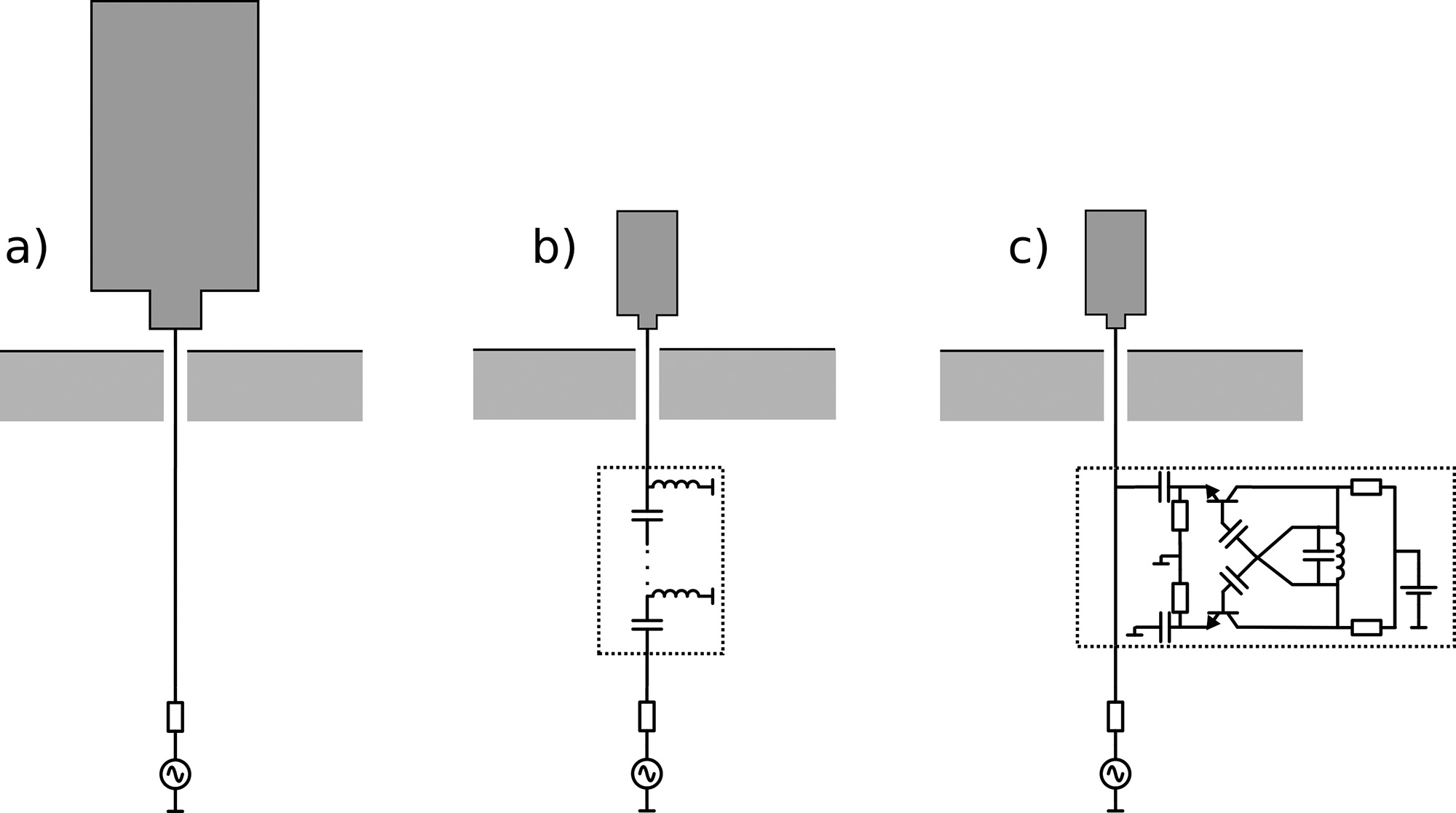Smaller antennas without bandwidth loss

If several anteannas are mounted on platforms, this increases the platfom‘s visibility via radar. Upstream active networks can be used to make the antennas smaller while maintaining the same bandwidth.
It‘s tight on platforms like airplanes or ships: Numerous electronic components squeeze in next to a multitude of antennas. As far as the antennas are concerned, they should function as broadband as possible - in other words, cover as many frequencies as possible. However, this makes them quite large, which on the one hand causes a space problem and on the other hand ensures that the platforms can be detected more easily by enemy radar. This is because the larger the antenna surface, the more intensively radar beams are reflected from it, and the radar backscatter cross-section increases.
Trials with non-Foster networks
Can antennas be made smaller without losing bandwidth? This question was addressed by researchers at Fraunhofer FHR on behalf of MBDA Deutschland GmbH. In a first step, they investigated the maximum possible bandwidth for a fixed antenna shape. By means of an upstream circuit, a matching network, the bandwidth can be increased - up to a certain limit that cannot be exceeded. At least not if the matching network consists exclusively of passive elements without energy supply, such as capacitors and coils. If, however, active components such as transistors are integrated, this barrier falls - we then speak of non-Foster networks. With these, the antenna can, at least theoretically, have any desired bandwidth.
As far as practice is concerned, this effect can be demonstrated comparatively easily at frequencies in the two- to three-digit megahertz range. In the single-digit gigahertz range, however - the desired frequency range for the antennas - the transistors, among other things, deviate greatly from their ideal properties. The question the researchers therefore asked themselves: Is it even possible to build stable and reproducible non-Foster networks for this frequency range? The team first examined the individual passive and active components and developed circuit simulations that take into account not only the ideal behavior, but also the measured behavior of the semiconductor devices. In such circuit simulations, one assumes that the components are connected via ideal wires. In reality, however, the conduction paths develop undesirable properties as the frequency increases. The researchers therefore supplemented the circuit simulations with field simulations that take into account the strip lines between the components. What can already be said: Non-Foster networks can increase the bandwidth of antennas by single-digit percentages, even in the gigahertz range. Can this added value also be observed in practice? The researchers will investigate this in a further step.